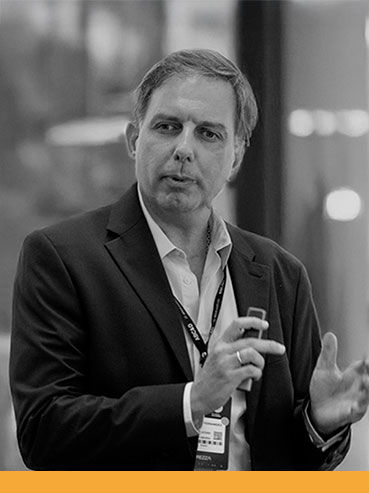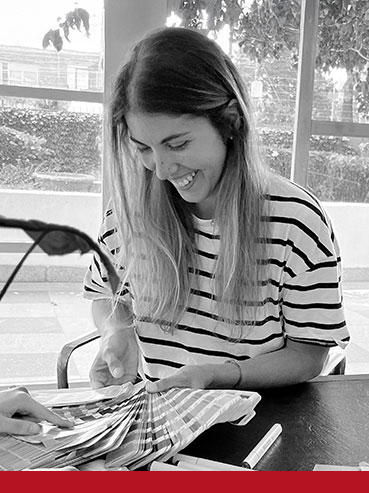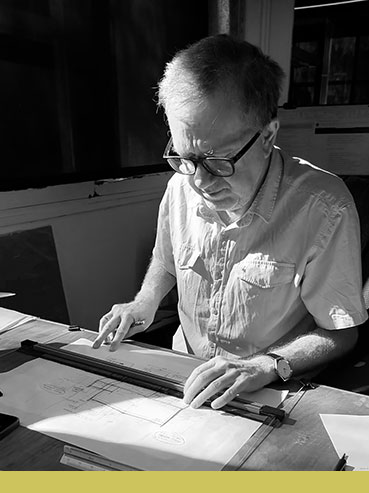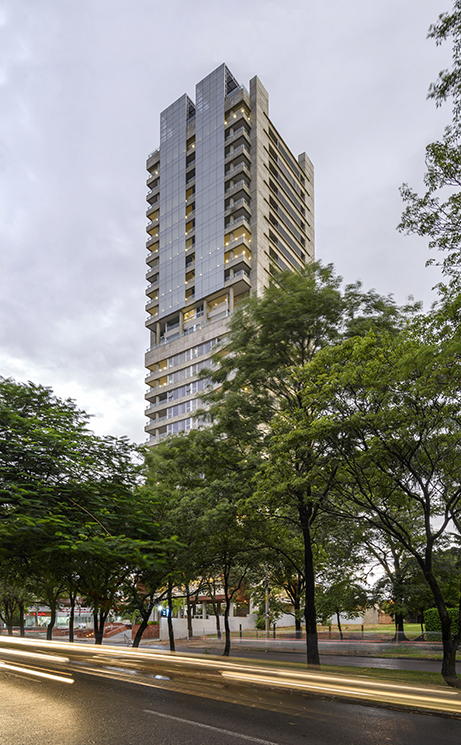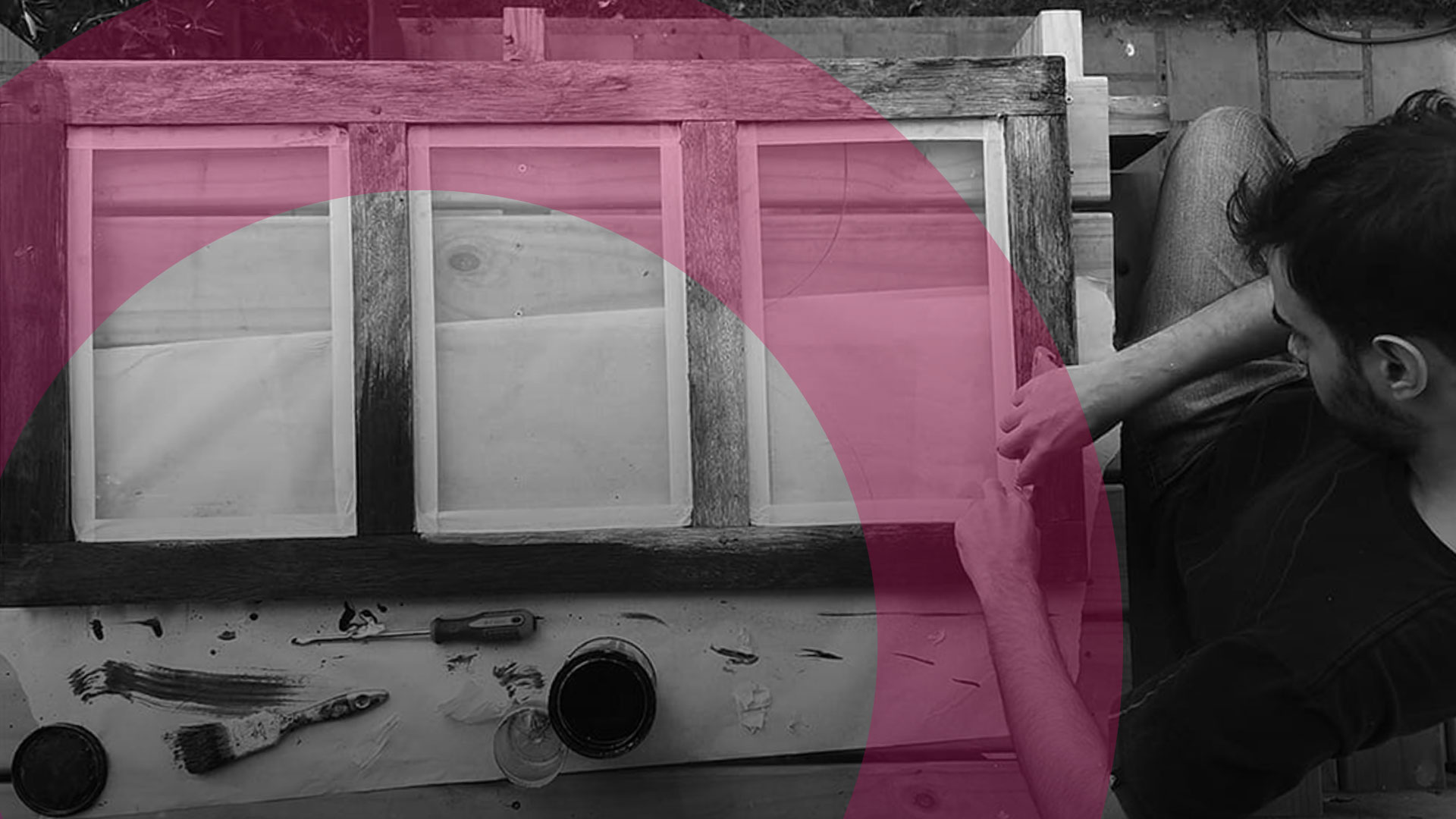


Founding Partner of Estudio Benteveo, furniture and design articles.
Reading time: 4 minutes
Publication date: 23/02/2025
Design is intrinsic to human beings. We could even say that it is the mediation between the body and the world. We design to inhabit, to facilitate, to make our existence meaningful. A well-designed object or space is not only functional but also integrates into the sensory and emotional experience of its user. Designing is shaping the way we live.
But where does the true beauty of design lie: in its form, its function, the user experience, or the delicate balance of all these elements?
Charles Eames defines design with precision: "A plan for arranging elements in such a way as best to accomplish a particular purpose." With this idea, he highlights a fundamental aspect: function. Design is often associated solely with aesthetics, as a set of decisions that beautify an object. However, its true value lies in its utility, in its ability to endure over time through its purpose. That is its authentic beauty.
This powerful statement comes from one of the designers who, alongside Ray Eames, shaped some of the most iconic furniture of the past century. Their legacy transcends aesthetics, redefining design as an exercise in accessibility, innovation, and enjoyment. They were pioneers in the use of modern materials and mass production without compromising quality, achieving a perfect synthesis of functionality and beauty. Moreover, they expanded the boundaries of design beyond furniture, exploring architecture, film, and visual communication with projects like Powers of Ten. For the Eameses, design was not just about objects but about creating experiences to enhance everyday life.
We design spaces, buildings, objects, and cities based on experience. That is why architecture cannot be judged solely by blueprints and images but by how people inhabit spaces. Good architectural design arises from observing how we live, how we move, and what sensations we seek. Juhani Pallasmaa insists that architecture must be a multisensory experience, not just a visual one. Designing a space is not just about arranging walls and openings; it involves considering the light filtering through a window, the echo of an empty room, and the texture of the floor beneath our feet.
For Pallasmaa, habitability also implies temporal continuity. A well-designed space is not only functional in the present but also engages with collective memory and the history of a place. The materiality, the wear of time, and the patina of buildings reflect their ability to be inhabited over the years. A well-designed building not only lasts physically but continues to make sense over time because it responds to people's lives and evolves with them.
In the TED Talk titled Why Great Architecture Should Tell a Story, architect Ole Scheeren, former partner at OMA, introduces the concept "form follows fiction." With this idea, he challenges the traditional modernist principle of "form follows function," proposing that architectural design should be inspired by the stories and experiences of the people who will inhabit the spaces. Scheeren emphasizes that architecture must go beyond mere functionality and aesthetics, incorporating human narratives to create meaningful and livable spaces. By considering the "fictions" or stories of users, architects can design environments that truly enhance people's life experiences.
Design is, in essence, a tool for mediating between humanity and its environment. Whether in an object, a space, or an entire city, designing is about projecting a possible future. It is about imagining a better reality, interpreting our needs, and translating them into lasting solutions. Good design not only solves problems; it also tells stories, accompanies daily life, and leaves a mark on collective memory.
Recommended Links:
Powers of Ten – Ray & Charles Eames (1977)
Why Great Architecture Should Tell a Story – Ole Scheeren (2016)
Recommended Readings:
Pallasmaa, J. (2006). The Eyes of the Skin: Architecture and the Senses (G. Banchini, Trans.). Gustavo Gili. (Original work published in 1996)
Pallasmaa, J. (2021). Habitar (B. Cristóbal, Trans.). Gustavo Gili. (Original work published in 2012)


